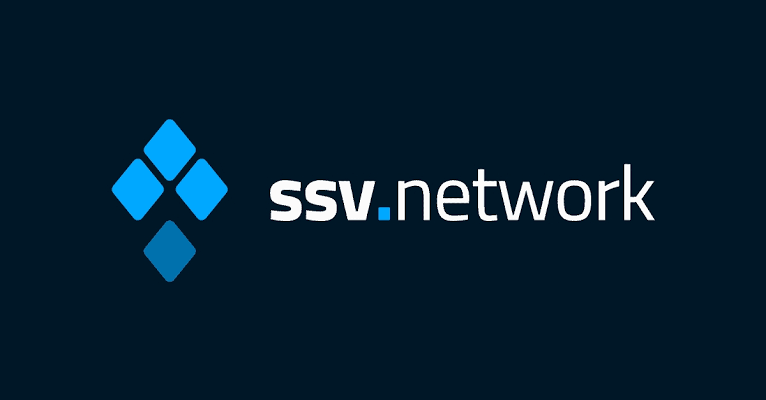SSV.Network roadmap outlines future developments for the Ethereum staking infrastructure, aiming to reduce hardware requirements by 75-90%.
The Ethereum staking infrastructure published the SSV.Network roadmap, detailing the project’s future developments. Using cryptography, consensus, and network optimization, SSV Labs plans to gradually reduce hardware requirements by 75–90% over the next year.
SSV.Network, which initiated cryptography improvements earlier this year, will undergo consensus changes in the third quarter, requiring a fork. The major goal of the project is to make the network capable of supporting more than 200,000 validators while keeping the hardware requirements at 4-core CPUs.
Users are able to operate operators and validators on SSV.Network’s permissionless, zero-coordination Distributed Validator Technology (DVT) network, which eliminates the need for off-chain coordination. By the end of the year, the project had pinpointed critical bottlenecks and possible solutions, allowing the network to grow in size while still meeting the 4-core per operator entry requirement.
The project’s notable improvements include a decrease in the time required to process a message (CPU cycles), a decrease in the number of messages contributed by new validators, and an increase in the number of messages received by operators unrelated to committees.
Because node operators had to double-check every message that came in, speeding up message processing time was critical. Following a recent implementation of switching to RSA signatures, the time it took to verify message signatures decreased by 98%.
Any further upgrade to cryptography necessitates ditching RSA in favor of a shorter signature technique that is still light years ahead of BLS12-381. Possible options for implementation include EDSA plus ECIES.
In addition, the SSV Labs group has been concentrating on optimization, which they call committee-based consensus. It is likely to fork and merge into the mainnet by the third quarter of 2024. The project’s goal is to reduce the amount of network communications exchanged to 13% of the current volume once implemented.
There are ongoing efforts to reduce the number of messages added by new validators, but the number of operators required to process each message remains a major concern. It is possible to reduce this figure.
As part of their ongoing investigation into network structure, the SSV Labs team is considering clustering validators as a possible option. By taking this route, we can be sure that there is no over-limitation on topics and that all validators in any given cluster are associated with the same one.
By reducing the number of non-committee communications that operators need to handle, this adjustment in network design could result in a 98% reduction in message processing.
The goal of SSV.Network is to reach more than 50,000 validators in the next 12 months. In order to accommodate this expansion, the solutions put in place should not increase the barrier to entry by necessitating costly gear.
Marking Significant Progress, SSV Network Achieves $2.7B in TVL and 21,000 Validators
An open-source, completely decentralized Ethereum staking network called SSV. The network uses Secret Shared Validator (SSV) technology, sometimes called DVT. With this approach, an Ethereum validator can function across numerous non-trusting nodes by separating and distributing a validator key into various KeyShares. The process is open and straightforward.
In a recent post, SSV.Network highlighted the network’s growth over the past few months by sharing some milestones. It is worth mentioning that the network currently has over 21,000 validators and approximately 500 operators. The 678,000 ETH pledged thus far has locked in more than $2.7 billion worth of value (TVL) for the project.
